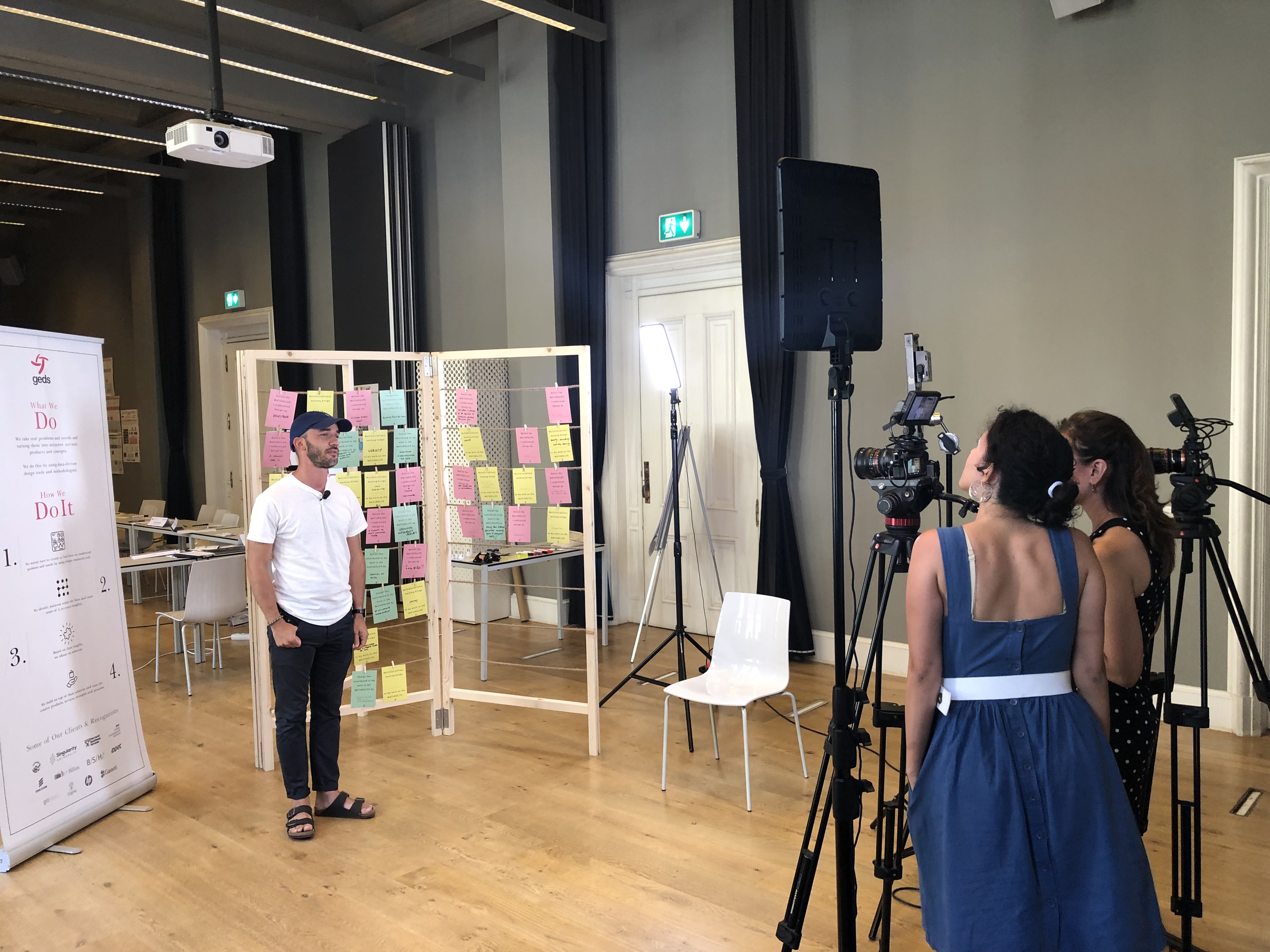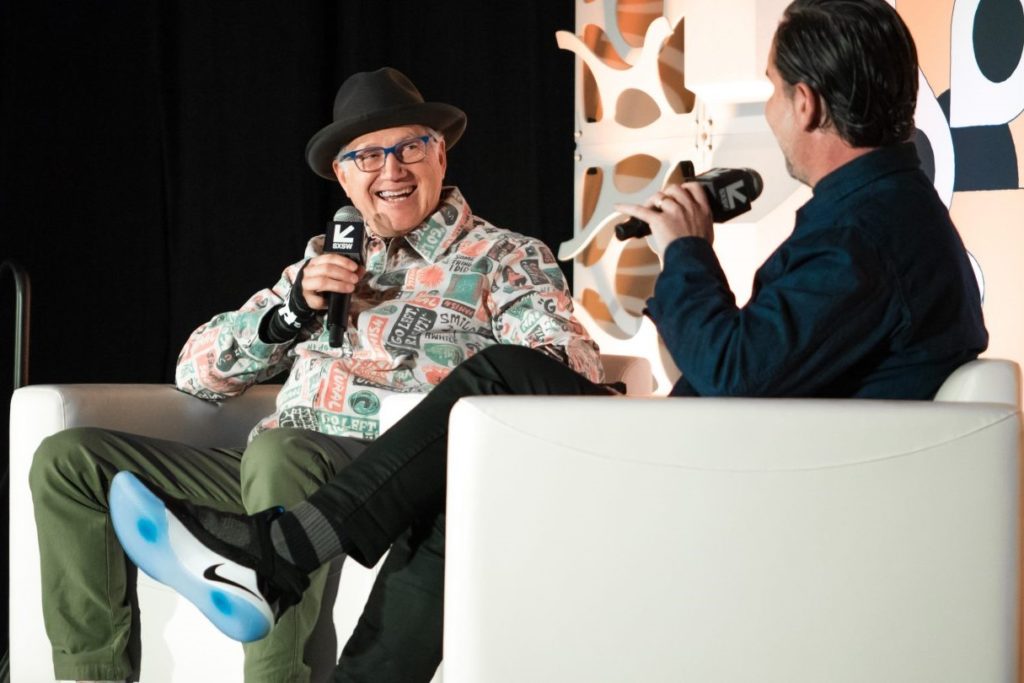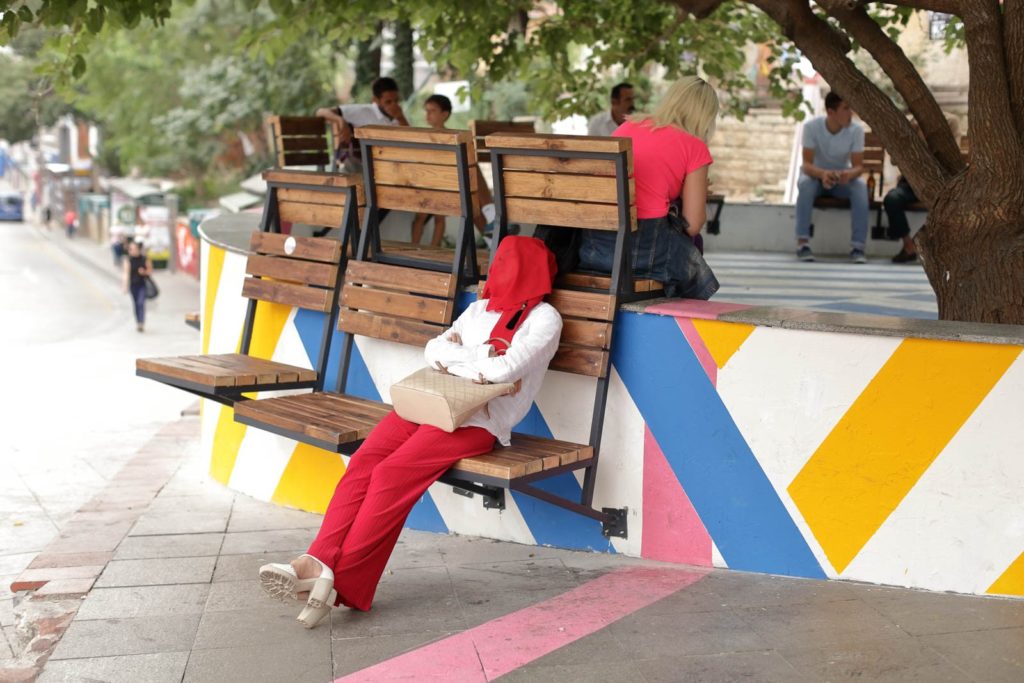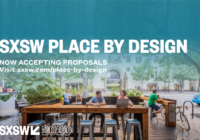GEDS received the Design Management Institute’s 2019 Design Value Awards in Boston recently for its innovative approach to design management of MATUROLIFE project. In this article, we will take a journey that explores the background of our design management approach.
MATUROLIFE is a nanotechnology textile project funded by European Commission’s H2020 program that aims to create prototypes for assistive technology products enhanced with smart textiles that uses design as a strategic tool to make elderly people’s life more independent, comfortable and enjoyable.
In this unique project, GEDS leads the aim of putting the human element into the technology development process via several tools and domains of design together with its project partners.
We shot a video, interviewing our business partners in the MATUROLIFE project, from 20 companies across 9 countries, and 6 types of organizations, all of whom had different styles, priorities and subject languages. During these interviews we aimed to understand their problems and expectations in a highly complex user-centric technology development project where project partners would work together, integrating the working culture of European Commission projects.
 When asked about the biggest challenge in the project, Gulay Ozkan, founder of GEDS and MATUROLIFE Design Lead, answered “scale”. On the other hand, for Neil Chilton, Printed Electronics, UK, the biggest challenge was “communication, because these are areas that are not normally put together.”
When asked about the biggest challenge in the project, Gulay Ozkan, founder of GEDS and MATUROLIFE Design Lead, answered “scale”. On the other hand, for Neil Chilton, Printed Electronics, UK, the biggest challenge was “communication, because these are areas that are not normally put together.”
According to Prof. Andrew Cobley, Coventry University and MATUROLIFE Principle Investigator, UK, designers helped to overcome this challenge as a result of them being very open-minded.
We also asked about the challenges of working with the designers. The biggest challenge was “constraining the imagination of designers,” said, Jonathan Sellars, Managing Director, A-GAS Electronic Materials, UK. He highlighted that “designers have a boundless imagination” but he also thinks that, “that imagination needs to be tempered by some other technological constraints to show what is possible and what is not possible.” When this question addressed to Pascal Négré, MATUROLIFE Dissemination Lead, IPM2, France, He said adapting the way of thinking of the designers and understanding that they have a different vision was the real challenge.
Furthermore, working with the older people was a unique experience for Ilenia Gheno, AGE Platform, Belgium. “Participants loved to see that older people were appreciated for the added value they could bring. On the other side, they appreciated to be at the driving seat. They were pleased to see that they were able to shape the research.”
We would like to thank our partners for joining the interview and sharing their views. Please see the full interview here.
For other more in-depth interviews, please visit our Youtube Channel
If you have questions or comments you can contact with us.






[…] oldu. Dokuz Avrupa ülkesinde 65 yaş üstü insanlar için akıllı ürünler geliştirdiğimiz MATUROLIFE* projesinde onların hayatlarına derinlemesine dokununca hayat ile ilişkim değişti. Beni […]
[…] that state any critical information. This was a life-saver for us during our management of the MATUROLIFE project, a large-scale technology project with contributing teams across nine […]